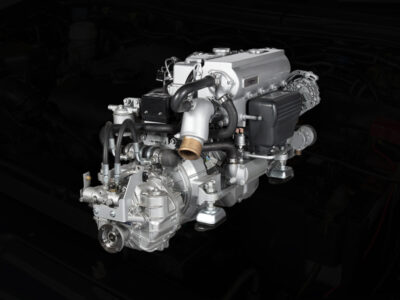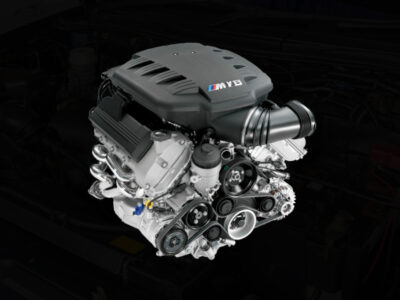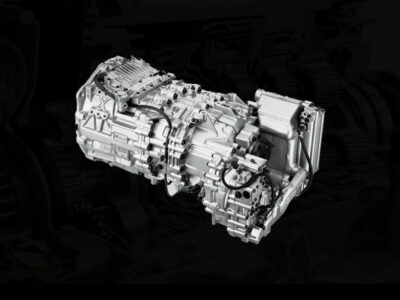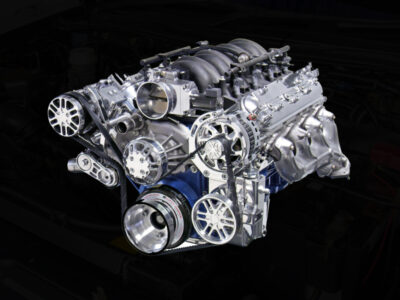
Introduction
A used automatic transmission offers an affordable fix for vehicle repairs, but choosing poorly can lead to headaches. This guide highlights what to prioritize, condition, compatibility, and history, so you can confidently pick a transmission that delivers performance and value.
Why Opt for a Used Automatic Transmission?
Going for a used automatic transmission can slash repair costs compared to new parts. However, the quality of used components varies, and a bad choice risks breakdowns or costly fixes. By focusing on the right factors, you can find a transmission that’s both reliable and budget-friendly, keeping your vehicle on the road longer.
Key Considerations for Your Purchase
1. Confirm Vehicle Compatibility
A transmission that doesn’t match your vehicle can cause major issues, even if it appears similar.
- Verify Specs: Ensure the transmission aligns with your car’s make, model, year, and engine type.
- Check Drivetrain: Match the part to your vehicle’s drivetrain, such as all-wheel, front-wheel, or rear-wheel drive.
- Get Expert Input: If in doubt, consult a mechanic or supplier to confirm fitment. Using a mismatched transmission can lead to expensive repairs, so always double-check compatibility.
2. Examine Automatic Transmission’s Condition
The state of a used transmission is a major factor in its durability. A close inspection can uncover potential problems.
- Look for Damage: Inspect the casing for leaks, cracks, or dents, which could point to internal issues.
- Assess Fluid: Good fluid is clear and reddish; dark or gritty fluid suggests neglect.
- Ask About Testing: If purchasing from a salvage yard, inquire if the unit was tested before being removed. Steer clear of transmissions showing wear or poor upkeep, as they’re more likely to fail.
3. Analyze Mileage and Usage
Mileage offers insight into a transmission’s remaining life.
- Request Mileage Data: Obtain odometer records from the donor vehicle.
- Consider Usage: Units from vehicles used for heavy towing or rugged driving may be more worn.
- Match to Your Needs: A transmission with high mileage might function but could wear out sooner. Lower-mileage transmissions from lightly driven vehicles are often the best bet.
Explore more: What Should We Check Before Buying a Low Mileage Used Engine?
4. Check Maintenance History
An automatic transmission with a solid maintenance record is more likely to last.
- Look for Fluid Changes: Frequent fluid changes indicate diligent care.
- Review Repairs: Professionally rebuilt transmissions can rival new ones in quality.
- Seek Warranties: Some sellers offer limited warranties, providing extra assurance. Avoid units with vague or missing maintenance records, as they pose greater risks.
5. Buy from a Dependable Seller
The source of your automatic transmission matters. Trustworthy sellers offer better quality and transparency.
- Choose Reputable Vendors: Opt for salvage yards or retailers with strong customer feedback.
- Inquire About Testing: Ask if the transmission was inspected or tested before sale.
- Understand Return Policies: Confirm whether returns or exchanges are available if the part fails. Purchasing from credible sellers lowers the chance of getting a defective transmission.
Warning Signs to Watch Out For
Certain issues should raise concerns when buying a used transmission:
- Missing History: No details on mileage or maintenance make a unit riskier.
- Excessive Wear: Obvious damage or very high mileage signals trouble.
- Suspiciously Low Prices: Bargains often hide serious flaws.
- Evasive Sellers: Be wary of vendors who avoid questions or push for quick sales.
Avoiding these pitfalls can save you from costly mistakes.
Strategies for a Successful Purchase
Boost your odds of finding a great used transmission with these tips:
- Consult a Mechanic: Have a pro check the transmission before you commit.
- Compare Prices: Shop multiple sellers to ensure a fair price.
- Request Photos: Ask for detailed images to evaluate the unit’s condition remotely.
- Plan for Installation Costs: Budget for labor, as transmission installation is intricate.
These steps help you navigate the process and land a quality part.
The Value of Expert Installation
Even a top-notch used transmission can fail if installed incorrectly. Professional installation is key to success.
- Hire a Skilled Mechanic: Choose someone with transmission expertise.
- Ensure Proper Alignment: Misalignment can lead to early wear or breakdowns.
- Test Post-Installation: A road test verifies smooth shifting and performance. Professional installation protects your investment and ensures longevity.
Caring for Your Used Transmission
After installation, good maintenance keeps your transmission running well.
- Check Fluid Regularly: Monitor levels and quality, replacing fluid as needed.
- Avoid Overloading: Don’t stress the vehicle with heavy loads or extreme driving.
- Schedule Inspections: Periodic mechanic checks catch issues early. Proper care maximizes the lifespan and value of your used transmission.
Conclusion
Purchasing a used automatic transmission requires thorough research and attention to detail. By confirming compatibility, checking condition, reviewing mileage and maintenance, and choosing a trusted seller, you can secure a reliable, cost-effective part. At A111 Auto Parts, we’re committed to supplying high-quality used transmissions and expert advice to keep your vehicle in top shape. Need help finding the right used transmission? Contact our expert representatives for guidance and quality parts.





